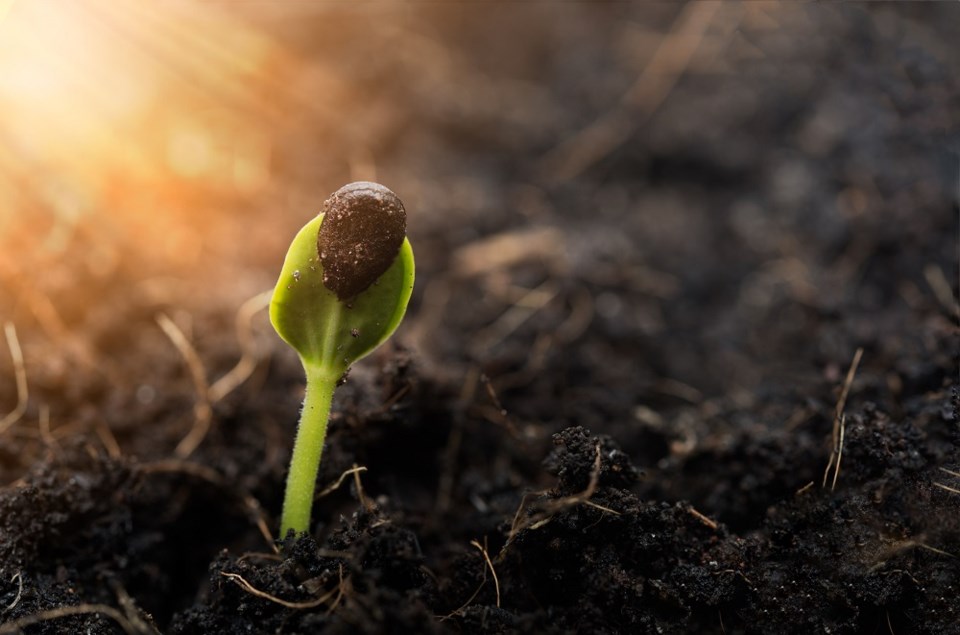As we go into the new year and see the cost of food continue to rise, it just might be time to reconsider growing more of our own produce.
Food gardening has changed to the point of being very efficient and economically viable, even in small spaces.
Today’s vegetable varieties have been bred to be more disease and pest tolerant, have improved flavour and be harvestable in a much shorter timeframe. With high density housing being so common, much food growing is now done in containers, which can be more efficient and require significantly less space.
Container gardening can also provide a longer growing season. In the right location, sheltered from prevailing cool winds and with access to sunlight from at least 10 a.m. to 4 or 5 p.m., the soil in containers can be up to 10 degrees warmer, allowing plants an earlier start and an extended growing season.
One of the most difficult challenges when growing a food garden is understanding the timing for starting either seeds or transplants for outdoor growing. There are cool-loving early plants, like peas, onions and brassicas; mid-season, warmth-loving plants, like lettuce, spinach, potatoes and carrots; and the heat-lovers, like tomatoes, peppers, cucumbers and beans.
A simple rule I always use is that early crops can go in when we get daytime temperatures of about 10°C without night frosts. Warmth-lovers and heat-lovers can go in when nighttime temperatures are consistently 10°C or warmer. As our current climate challenges continue to play out, being a little later to start is always better than being too early.
As seeds are just now arriving in most garden stores, the temptation is always to get them planted early.
Please don’t!
Some of the best guides for seeding information are the many Canadian seed catalogues which can be found both online and in garden stores as traditional catalogues. In B.C. one of the best resources is the catalogue produced by West Coast Seeds in Delta. It is usually available for free in garden stores that carry their seed racks.
These catalogues will tell you how long it takes from planting a seed to harvesting, and they will also suggest a recommended time to plant, as well as offer a few specifics on how to achieve good germination and growth.
To be successful in growing your own food, there are many considerations.
Choose vegetables that you enjoy most and plant them in succession plantings for a continuous supply of food. Begin with cool-loving plants, like onions, peas and brassicas, then switch to warmth-loving vegetables, and finally, plant the real heat-lovers. If you use larger containers, secure a trellis on the back side for vine-like plants, such as peas, beans, tomatoes and cucumbers. This will give you a far more productive container.
Always use a good soil blend that is rich in organics and feed your plants regularly with the nutrients that you like best.
Growing your own food is a great way to cut food costs, and you will enjoy the satisfaction of having produced tasty, fresh food that you have grown yourself.



